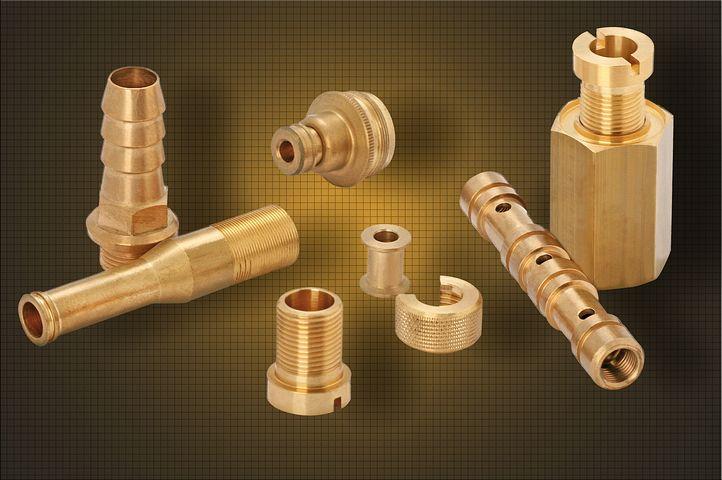Brass is commonly used in different industries due to its various desirable properties as it is an alloy that contains zinc, copper and other materials, all of which contribute to its properties. A CNC machine for brass parts is a great way of using this alloy for numerous industrial purposes as it is a very machinable alloy.
Types Of Brass Grades Suitable for CNC Machining
The grade of brass depends upon the composition of copper and zinc that it contains, and these variations also affect the properties of various grades of brass.
Brass C360
This grade of brass is often referred to as free machining brass and is one of the most common brass used in machining due to its high machinability, which is attributed to its lead content which makes up about 35% of its content, and great tensile strength. This grade is used for CNC machining for brass parts such as components for electrical equipment, joints or screws. It is corrosion-resistant but susceptible to acids, and its lead content can cause issues if used for medical applications.
Brass C230
This is also called red or Nordic brass and has moderate strength and good anti-rust properties. It is known for its season-breaking and dezincification resistance, and manufacturers also use it for making pipe service lines due to its resistance to water corrosion. This grade of brass can be used for CNC-machined custom parts like j-hose bends, rotor bars, etc. However, it might not withstand corrosion in harsh environments.
Brass C220
Also known as commercial bronze, this grade has high copper content, good machinability rating, ductility, and strength. It is extensively used in the architectural sector for machining weather stripping. This grade, too, has excellent corrosion resistance but may require extra annealing treatment after exposure to harsh environments.
Finishing Options for CNC Machined Brass
Although brass does not have a natural coat of its own, its naturally golden surface allows it to be used just as machined. However, it may require an external finish if the parts are used for cosmetic applications. Some finishing options for CNC machined brass parts are discussed below.
As Machined
Most applications use brass parts as they are machined since they have a naturally aesthetic surface. But such parts could easily get damaged. In most such cases, the focus is usually on the part’s functionality and not aesthetics.
Buffing
Buffing involves using a wheel and an abrasive disc to polish the surface of the custom brass part to remove any impurities and smoothen its surface.
Electroplating
The finishing option of electroplating uses an electrolytic solution to bind molecules of another metal onto the brass part surface. Some metals used for this include aluminum, stainless steel, etc. Such CNC-machined parts usually come with a glossy or smooth finish.
Honing
The process of honing involves using abrasive stones against the surface of the finished part, which gives it a cross-hatched pattern on the surface.
Powder Coating
This type of finish involves using free-flowing dry powder to coat the surface of custom brass parts to give it a finish that improves the corrosion and wears resistance of the brass.
Summing Up
An expert could give you a more insightful opinion regarding the machining feasibility of brass parts. You should consider contacting a company that can review your application with deeper knowledge.
Featured Image Source: https://cdn.pixabay.com/photo/2015/01/02/17/29/brass-586816__480.jpg

